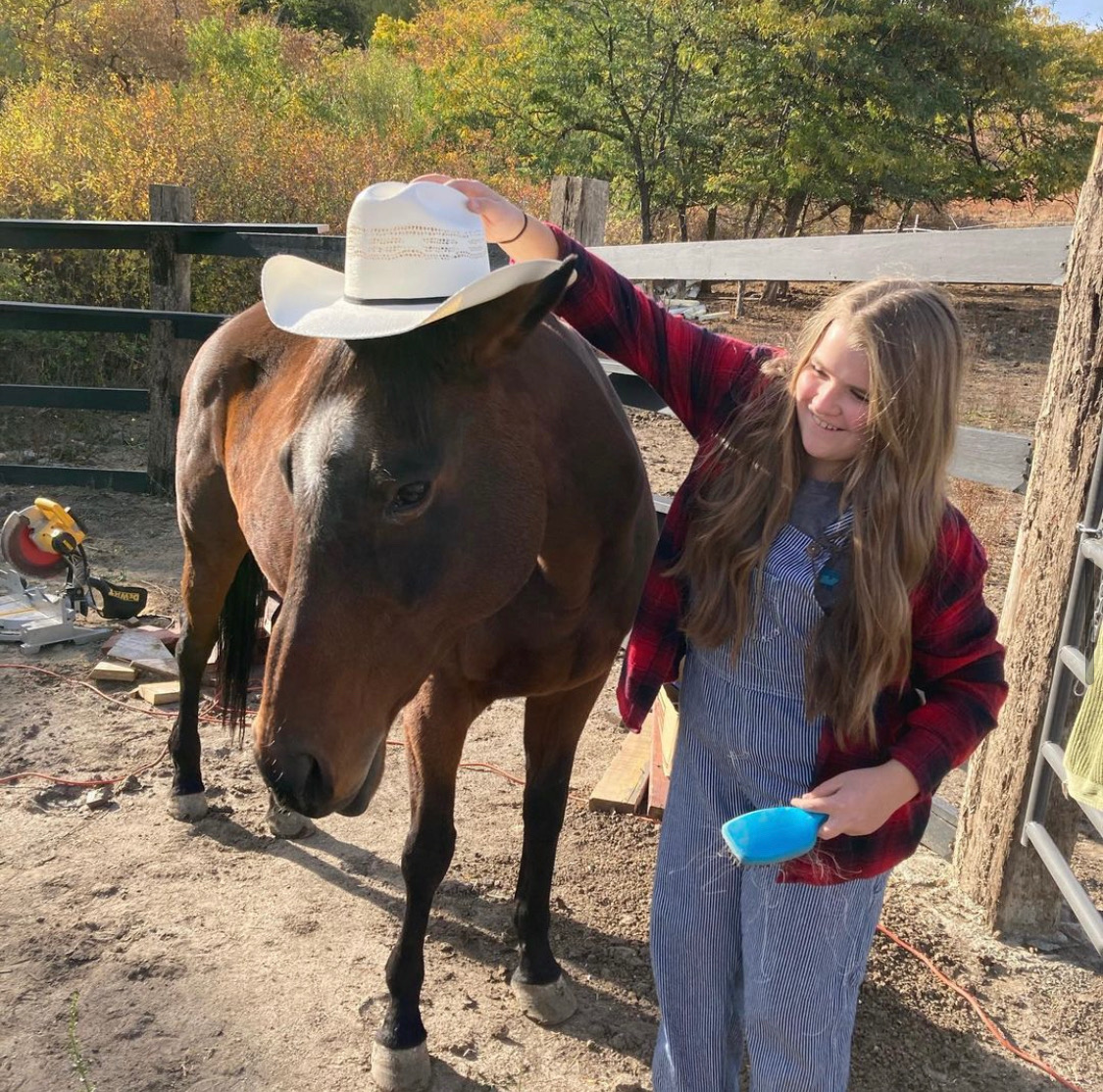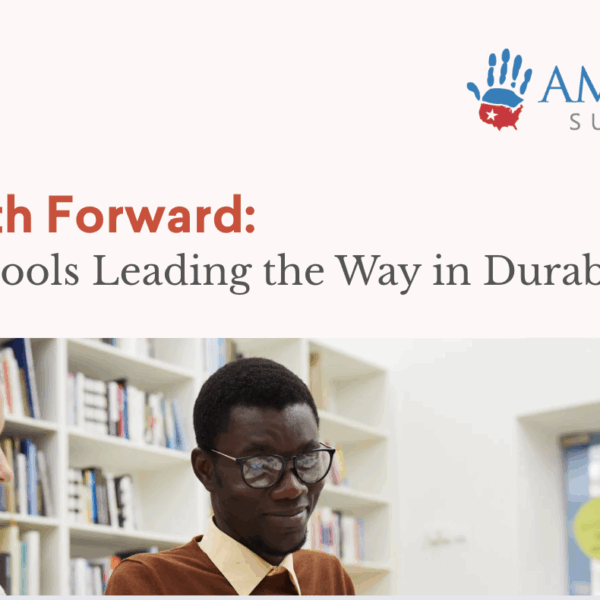Letting creativity take flight, by Shannon Reagan, Idea51
Welcome to the first of our ‘Student Story’ series, where we will share real-life examples of durable skills in use.
We know that sometimes these stories can be hard to tell: durable skills are embedded in most of our daily lives, in and out of the classroom or office. We hope that by sharing these individual experiences, we can help our community better understand their importance, and embed them even faster into all classroom curriculums.
As the youngest of three kids who are relatively close in age, Lucy Rodes faced a challenge as she began her first year at One Stone’s Lab51, where her siblings were already enrolled: how might she come to define herself as a unique person with individual skills and interests, apart from her siblings?
“Sure, I love music, but not as much as my sister does. Yes, I love hunting, but not to the extent my brother does,” she explains.
Lucy faced the “little sister” effect almost immediately, as she began to consider which One Stone experiences she might like to explore. Her brother and sister advised her on which opportunities to pursue, and she took their advice.
“I was grateful that they were looking out for me and they did help me find experiences that turned out to be really fun,” Lucy explains. “But they were also experiences that didn’t really feel like my own.”
Then Lucy took a risk. She set her family’s advice aside and did something she wanted to do: a learning experience delving into the migratory habits of birds. Growing up on a ranch, she’d always adored animals, but zeroing in on migratory flyways was an entirely new experience.
Soon, Lucy’s new knowledge sparked another idea. What if she could help others learn to identify migrating birds by creating a field guide?
She spent time ideating and iterating on this concept, and eventually came up with a unique way to organize the guide that would allow her to continue adding pages over time. Instead of utilizing a traditional page numbering system and table of contents, the guide groups several species together by their shapes, or silhouettes, to help novice bird watchers more easily identify them during flight. She also included a map with each entry, to help users understand the range of each bird.
“A lot of field guides, like Sibley’s for example, you have to read through the whole thing and it’s hard to grasp certain aspects,” Lucy explains. “So I tried making mine with the most important facts and putting them together in a way that would be easy to read.”
Now, like her siblings, Lucy is sharing her passions with the family. Her dad, a former wildlife biologist, is creating cover art for the field guide.
“I learned that if I can find a way to connect it to something I love, or if I get to share it with other people, that drives me,” says Lucy. She’s grateful for the ways in which One Stone challenges her to explore things she’s curious about and take risks. Throughout her field guide project, she is embracing the idea of a growth mindset and letting her creativity lead her to new ways of sharing her work with others.
“These experiences aren’t like normal school stuff. It’s actual real world experiences, and I think that’s eye opening,” says Lucy. “One Stone trusts us to actually make something out of what we’re trying to learn.”
Trust is key to the One Stone experience. When students are empowered to own their learning, they begin to trust themselves. They discover interests can be more than just hobbies or passing novelties – they are pathways to learning. Then it’s just up to students to decide where that path will lead.
In Lucy’s case, trusting herself has given her confidence to let her creativity take flight – a skill she will carry into college and beyond.
Written by by Shannon Reagan, Idea51




